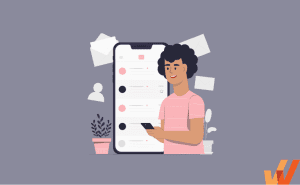What Is an Omnichannel Customer Experience? +Benefits, Examples (2024)

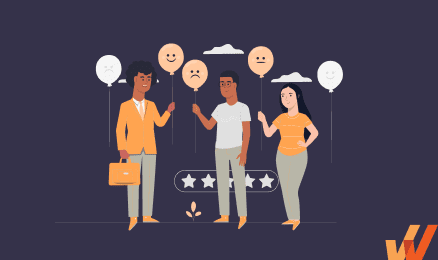
Delivering an optimal experience for customers is not a one-size-fits-all proposition. Research shows that 80% of customers value the experience a company provides just as much as its products.
You can’t expect your customers to jump through hoops to make a purchase or access difficult-to-find customer service portals — they want a streamlined digital customer experience that fits their personal needs and expectations.
Changing from a business-as-usual approach to delivering a better customer experience requires a shift in how your organization thinks about customers, support processes, and data. By breaking these steps into a series of incremental changes, your organization can deliver an omnichannel customer experience that will drive loyalty and increase revenue.
What Is an Omnichannel Customer Experience?
An omnichannel experience is a coordinated journey that stretches across multiple customer touchpoints to deliver a seamless customer experience. When done correctly, it allows customers to start their journey on one channel and continue on another while receiving a consistent level of support.
This type of strategy considers the customer’s entire journey, from the first point of discovery to after-the-sale support. It also streamlines the buying process by giving prospects a consistent experience regardless of the channel they’re using.
For example, if you buy an Apple product online and need support, you can chat with a representative over the phone. If your issue requires you to take your product to a store, the support representative creates a service ticket that includes the details of your issue. Apple makes sure that ticket is accessible to in-store employees, so when you arrive at one of their locations, you don’t have to start over again and explain why you’re there.
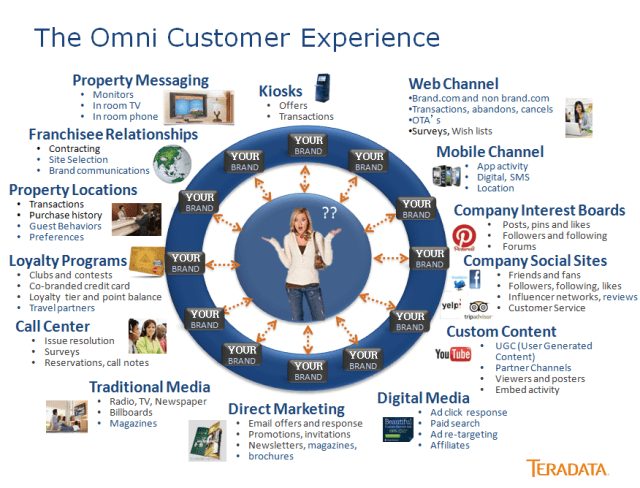
The Difference in Omnichannel Customer Experience vs. Multichannel Experience
Imagine you received excellent phone support from the Apple rep, but when you walked into the store, they had no idea why you were there. This is a classic example of a multichannel customer experience, where a company uses various communication channels to interact with the customer, but each track is managed separately and operates with a different strategy.
As a result, customer information typically exists in a silo, making it impossible to give customers a holistic experience.
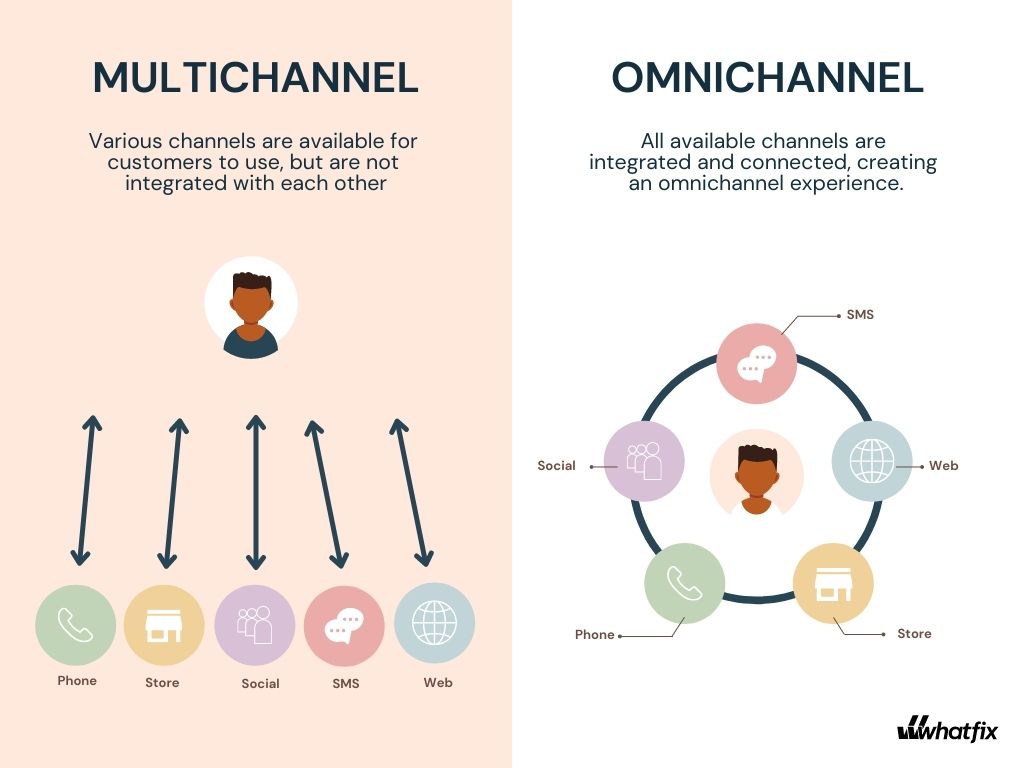
With an omnichannel strategy, each channel is connected and coordinates with another to ensure a seamless experience. For example, a customer can ask a pre-sales question using your chatbot, purchase your product through your website, and get support through your ticketing system without experiencing any hiccups or having to start from scratch.
What Are the Benefits of Investing in an Omnichannel Strategy?
Investing in your company’s customer experience strategy keeps your customers happy and leads to business growth. Eighty-three percent of B2B leaders think that having an omnichannel strategy is a more beneficial way to gain new business than employing traditional face-to-face methods.
A robust omnichannel approach can also improve customer retention and generate higher revenue. One study reports that one in five customers will leave a company if their sales channels lack integration.
Here are the most impactful ways an excellent omnichannel user experience benefits both you and your customers:
1. Creates a consistent customer experience
When you have an omnichannel strategy in place, customers get a consistent experience regardless of where they are or which device they use. That consistency helps build connections with your users and delivers an overall great customer service experience. Seventy-six percent of customers expect their interactions to be consistent across departments.
2. Enhances customer retention and loyalty
Happy customers become loyal customers who become cheerleaders for your business and share positive experiences with their cohorts. When customers feel connected to your company, it drives customer retention and studies show they’ll increase their spending with you by 57%.
3. Boosts customer engagement
Omnichannel strategies boost customer engagement by giving customers a choice in where they can communicate with your company. In a study of 2,000 consumers, 85% said their ideal channel is a blend of multiple channels.
4. Delivers a comprehensive view of your customers’ journey
Having an omnichannel strategy involves tracking customer behavior across different channels, which gives you a more complete view of their behaviors. For example, measuring social channels with a tool like Hootsuite provides detailed data that will help you gain a better understanding of your customers’ actions and needs.
5. Differentiates your brand
Positioning your company based on the experience you provide helps you stand out from the competition. Providing a great customer experience across every touchpoint can help you soar past your competition — less than 20% of companies surveyed in 2021 say they’re delivering frictionless customer experiences.
How to Deliver Incredible Omnichannel Customer Experiences
Implementing an omnichannel customer experience strategy is a big undertaking that requires a lot of planning and preparation.
While there is no centralized process for designing an ideal omnichannel experience, there are a few fundamental steps you can implement to increase your chances of success.
1. Gather Customer Feedback and Develop Personas
Gaining a deep understanding of your customer preferences will help you select the correct channels and build a successful strategy. Get to know your users inside and out by identifying their preferred digital and offline channels and uncovering how they want to interact with your company. Customer feedback data will tell you if you get more emails and calls than chat or social media messages.
Reaching out to customers through interviews or surveys is a great way to gather product feedback and information across every touchpoint. You can find out firsthand where your customers expect you to be. For example, one study shows older generations see websites as a critical communication channel, while Generation Z and millennials think texting is essential.
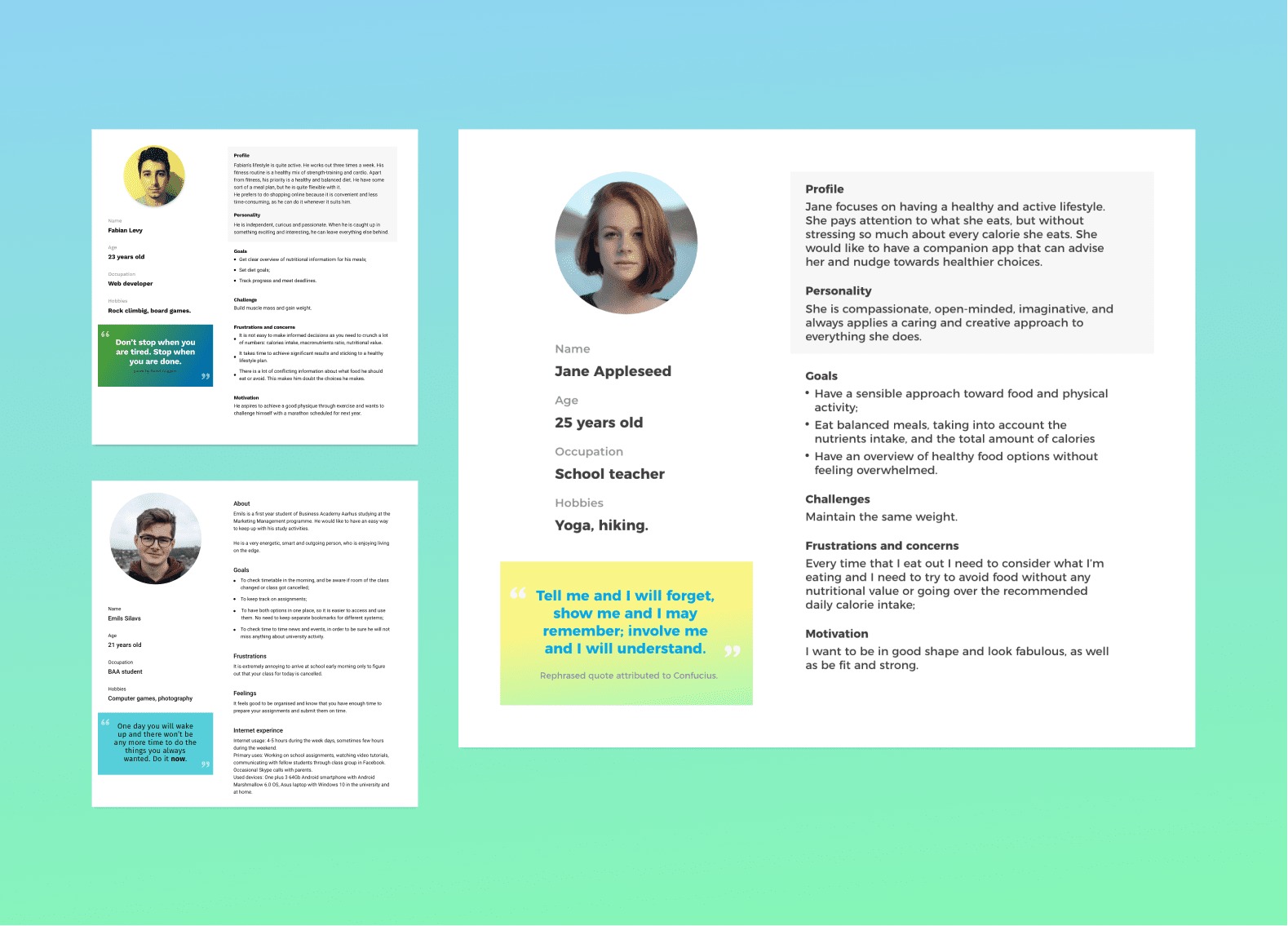
Once you have that data, develop personas or profiles for each customer segment. Each one should include information about what goals they’re trying to achieve, their channel preferences, and current pain points.
For instance, Carrie is a millennial who needs post-purchase support, but she will never contact you by phone, while Sam is a baby boomer who wants to talk to a human before making a purchase.
2. Identify Stakeholders and Set Up a Cross-Functional CX Team
An omnichannel strategy requires support throughout your organization. Everyone, from management to leadership, needs to be in sync for this type of strategy to work, so getting buy-in from your leadership and identifying stakeholders is a crucial first step when planning your transition.
Once your stakeholders have been chosen, set up a cross-functional team to evaluate opportunities across your channels. This team will need to work together to chart a path for your transition while acting as subject matter experts in their respective areas. For example, it’s common to involve multiple departments inside your organization, including your product, marketing, customer experience, customer support, and operations teams.
3. Conduct a Customer Journey Mapping Exercise to Identify Touchpoints
The best way to map out customer behavior, including how they move between channels, is by conducting a journey mapping exercise. A user journey map is a visual diagram of your customer’s interactions with your business that includes all of your touchpoints across every channel.
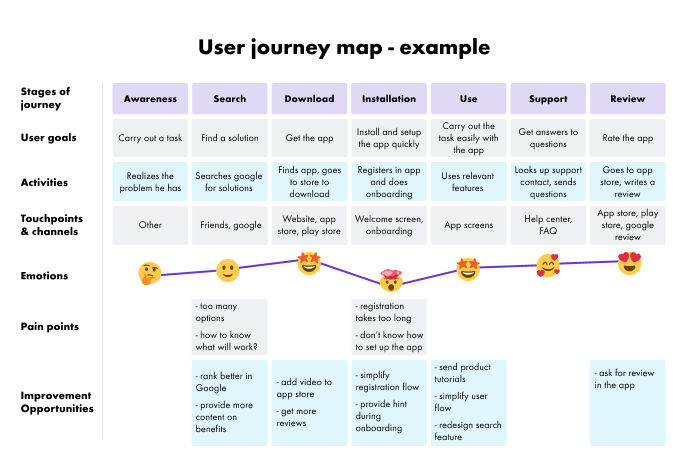
It’s important to locate each of your online and offline touchpoints to better meet your customers’ needs. A journey map helps you figure out where those interactions and transfers occur and any goals the customer is trying to accomplish at each touchpoint.
4. Use the Right Tools and Software
With the right tools in place, you can collect and evaluate valuable data, target prospects at the right time, and drive conversions. Centralizing your data will allow it to flow between multiple channels and capture all customer interactions quickly. If you fail to collect information from even one channel, your omnichannel experience can be compromised.
Essential tools needed for an omnichannel strategy include CRM tools such as Salesforce or HubSpot CRM to track and manage customer data, chatbot or customer communication tools such as Intercom, and help desk software like Zendesk. It’s also beneficial to employ call center software designed explicitly for omnichannel experiences, such as Freshdesk, which allows you to manage customer service across online and offline channels.
5. Get Proactive with Your Customer Service
Anticipating your customers’ needs by offering proactive customer service is necessary for creating an omnichannel experience. You need to have a sufficient number of team members monitoring your channels to make sure your customers’ messages are routed to your support teams and answered as quickly as possible.
By taking a proactive approach, you’re also demonstrating your commitment to customers, which can improve loyalty and increase revenue. An analysis of thousands of customer interactions by Gartner revealed customers who have positive service interactions are much more likely to remain customers — even if they are actively considering churning.
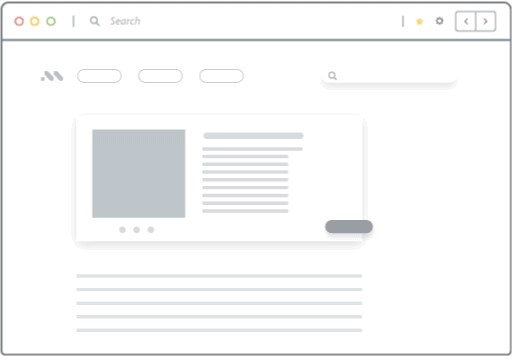
6. Measure Results and Make Adjustments
It isn’t easy to map out every single touchpoint when you’re getting started, so your strategy may need to be modified as you begin collecting and analyzing customer data. Once your omnichannel program is up and running, keep gathering and analyzing your data to ensure it’s always relevant.
You’ll also need to adjust your strategy if your customers’ behavior changes, users start appearing on new channels, or you experience changes in your industry or market. For example, conversational chatbots weren’t an option just a few years ago, but they’re now a common channel for communicating with customers.
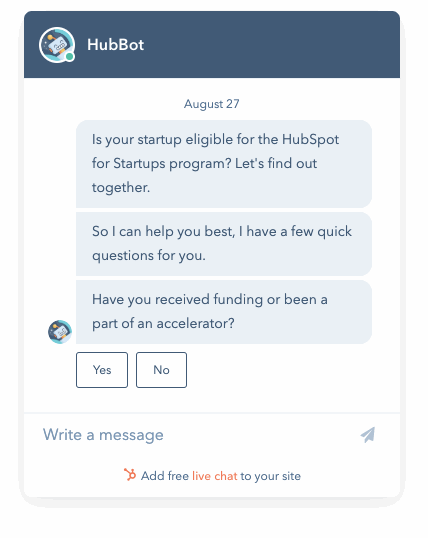
5 Examples of the Best Enterprise Omnichannel Experiences
Examining how standout companies have developed their omnichannel experiences is a great way to understand what’s possible when implementing this type of strategy. Companies that develop omnichannel experiences that delight their customers see a positive effect on their bottom line.
Here are five great examples of businesses delivering omnichannel experiences to their customers:
1. Amazon
Amazon is one of the most recognizable examples of omnichannel in the e-commerce world. They go out of their way to ensure their customers have a nearly identical experience on any of their platforms, whether they’re using a phone or a desktop computer.
For example, when customers are signed in, they can put an item in their shopping cart using their computer, and their shopping cart syncs with their mobile app in real-time.
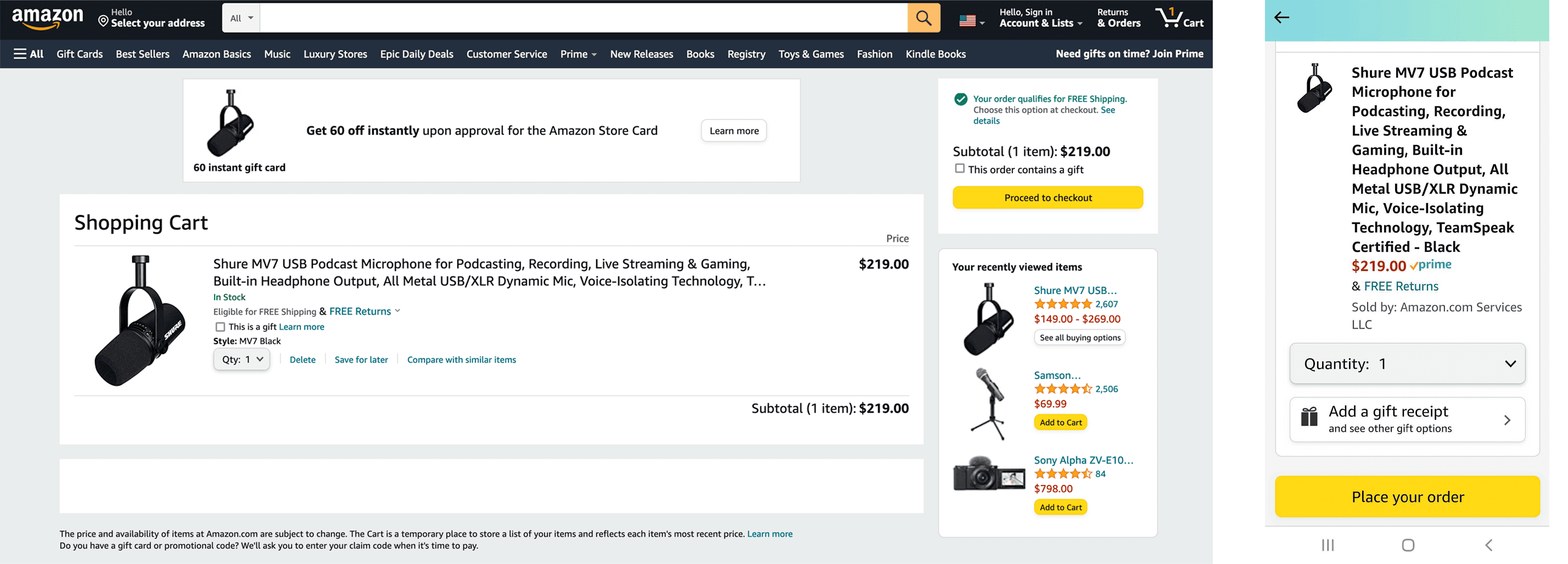
The experience Amazon has created even extends to their other enterprises. When Amazon Prime members shop at a Whole Foods location, they can access a QR code on their phone in the Amazon app and scan it in-store to get instant access to discounts and payments.
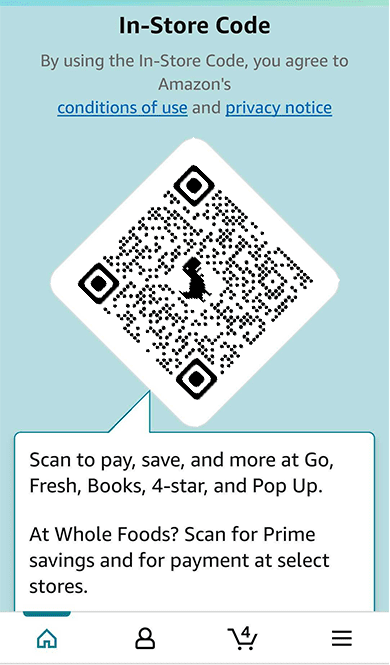
With a solid omnichannel strategy in place, Amazon continues to succeed. During the third quarter of 2021, their sales reached approximately $110.81 billion, blowing past the $96.15 billion they made in the same quarter of 2020.
2. IKEA
IKEA has been providing customers with exceptional shopping experiences for many years, and they continue to innovate by expanding the channels inside their omnichannel strategy. For example, they offer customers a “Click and Collect” option that seamlessly transitions online orders to in-store pickup. When customers check out and select this option, they can choose the location to pick up their order.
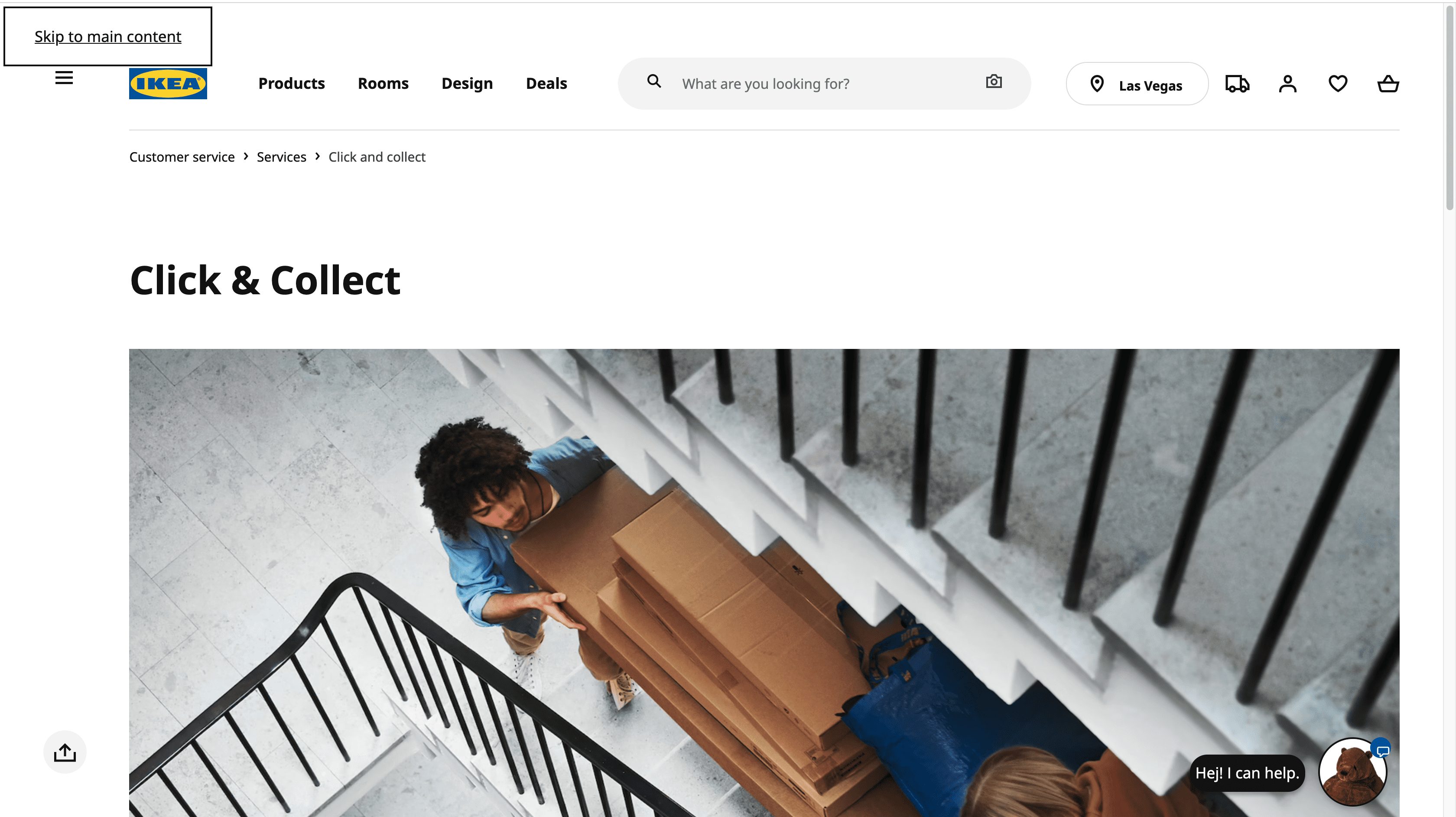
Next, IKEA prepares their order, and then customers get a text message when it’s ready. Then, when they arrive at the store, an associate loads the items into the customer’s vehicle.
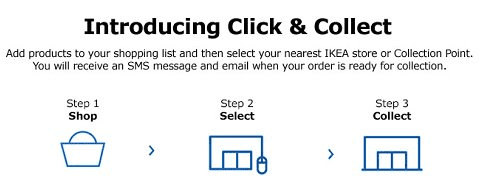
Omnichannel is paying off in a big way for IKEA. In 2019, e-commerce represented 7% of their retail sales. In 2021, that number climbed to 26%.
3. Starbucks
Starbucks’ omnichannel experience is carefully designed to build relationships with customers while encouraging repeat purchases. Its extremely popular mobile app allows customers to order, select a store for pickup, pay, then go to a physical location to pick it up. It also lets customers take advantage of unique offers and promotions and earn points they can exchange for free drinks.
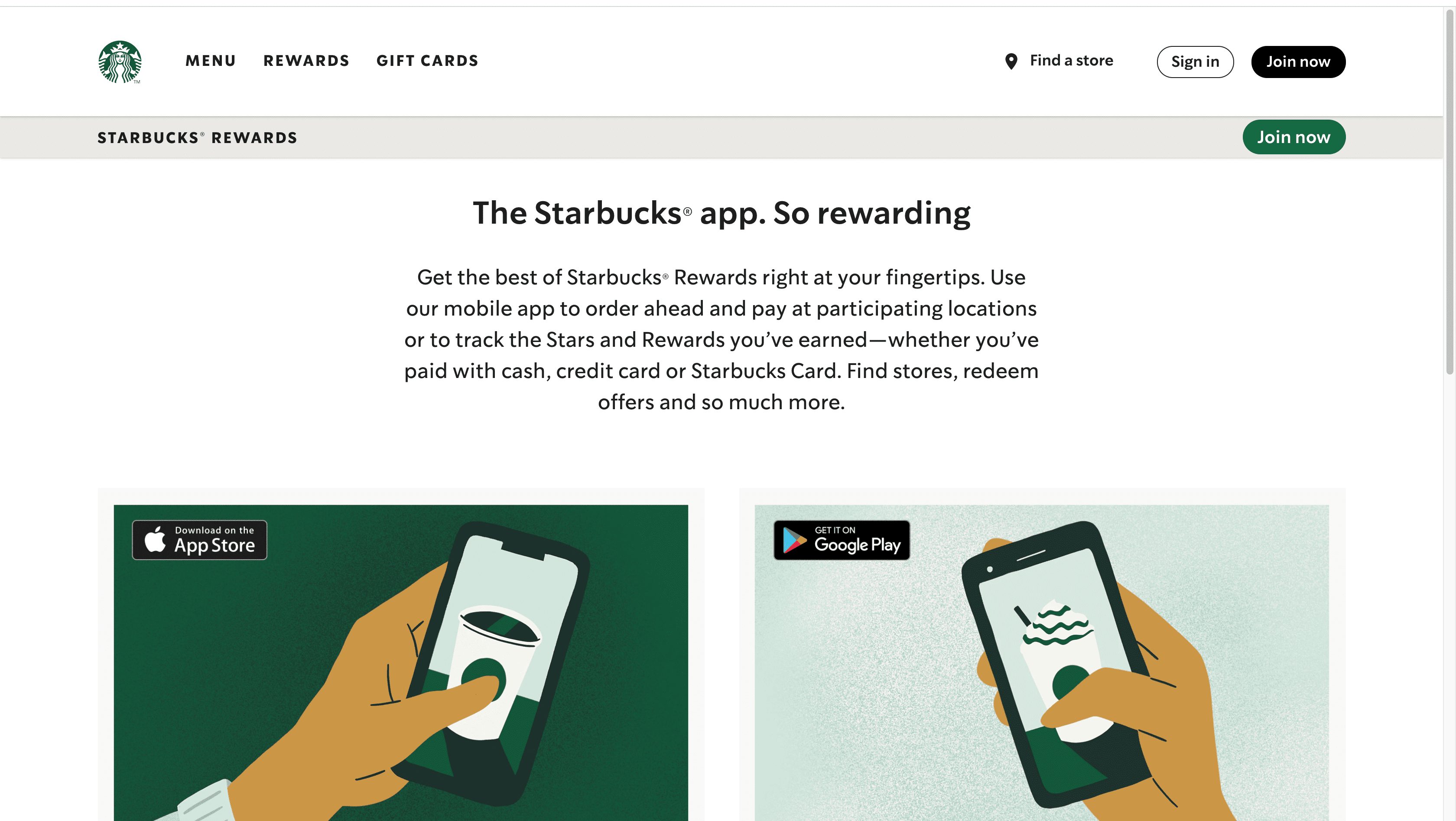
The coffee giant takes omnichannel to the next level by working with Spotify to create a “music ecosystem,” where customers who subscribe to Spotify Premium can use the Starbucks app to hear what music is playing in one of their shops. Customers can listen to the playlist either inside or outside one of their coffee shops.
4. REI
Outdoor supplies retailer REI keeps a close eye on their customers’ behaviors and modifies touchpoints when necessary. When they discovered that 75% of their customers visit its website or mobile app before going to one of its physical locations, they responded by making sure product information and prices are synced between their website, app, and physical stores.
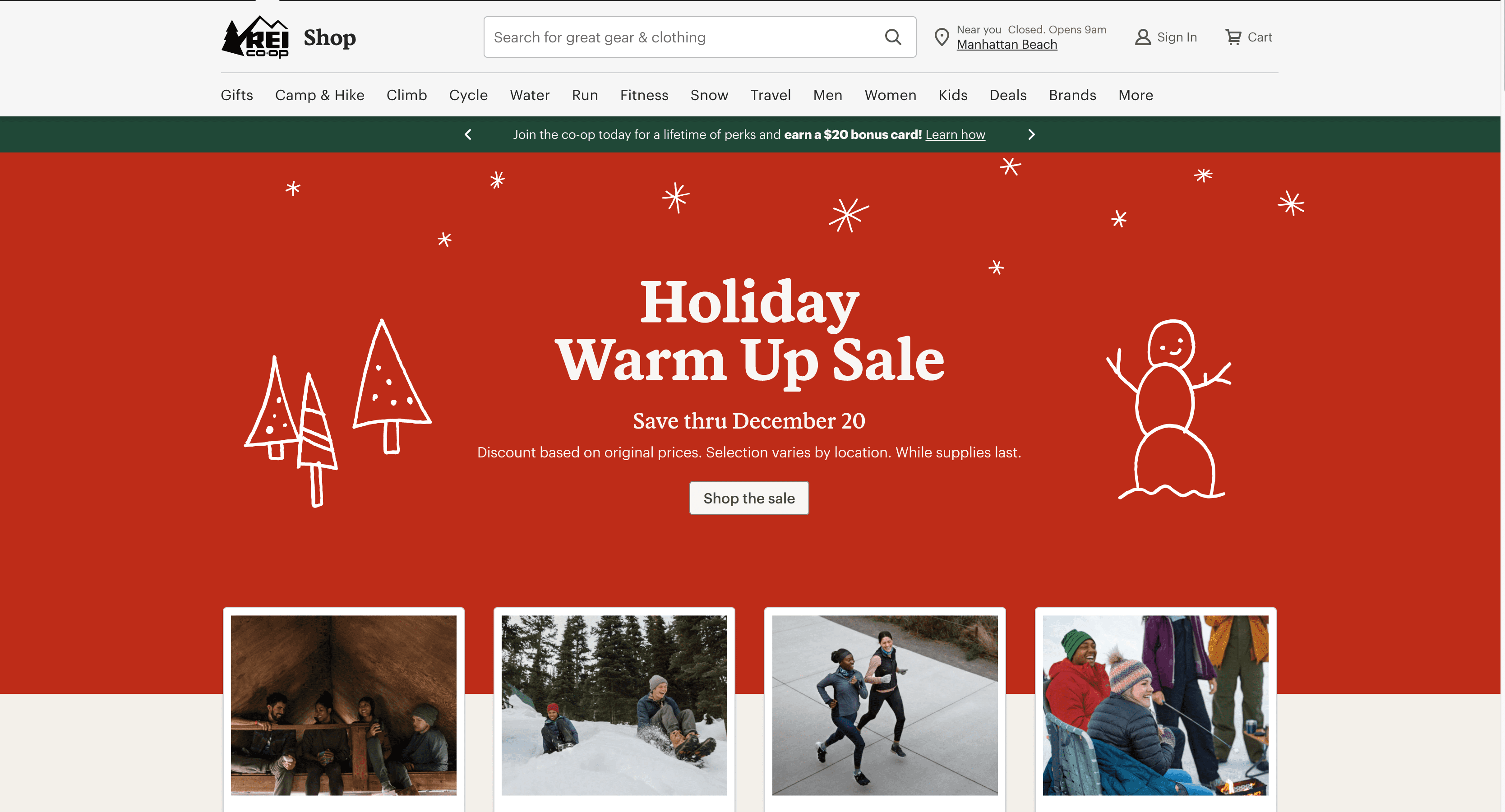
REI also noticed its customers were using its mobile devices to access product information inside its stores, so they equipped all its stores with free Wi-Fi to streamline the experience. The company also developed a way for customers to scan barcodes with their phones to access additional information about products on its shelves.
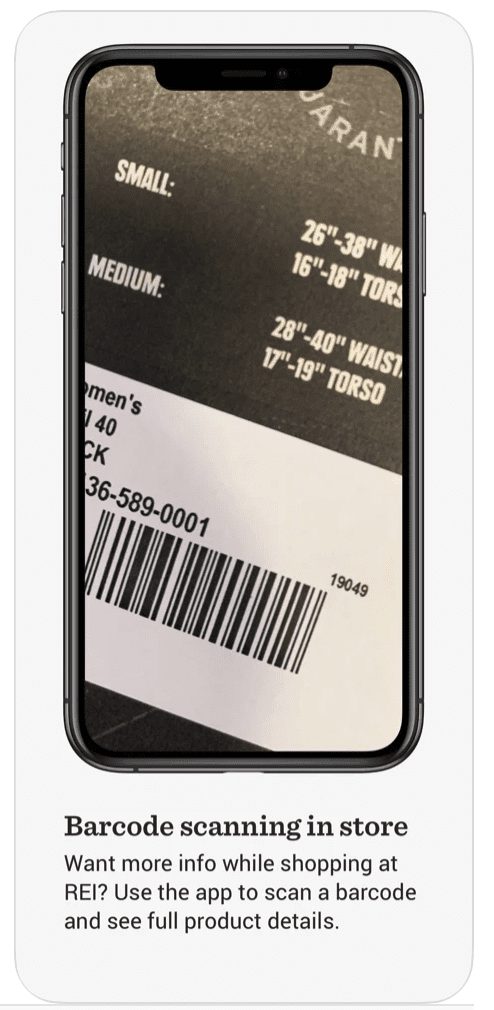
REI has continued to expand its app’s features to further enhance its omnichannel experience. In addition to the features above, their app gives customers the opportunity to discover classes and events, shop at their outlet, and build a wish list.
5. Nordstrom
Iconic department store Nordstrom mastered the art of extending the omnichannel experience past the initial purchase phase. The company developed a process that allows customers to return products to any of its locations, whether the item was purchased online or in-store. If a customer would prefer to ship an item back, they can start the return process by submitting a form online, and Nordstrom will send them a prepaid return label.
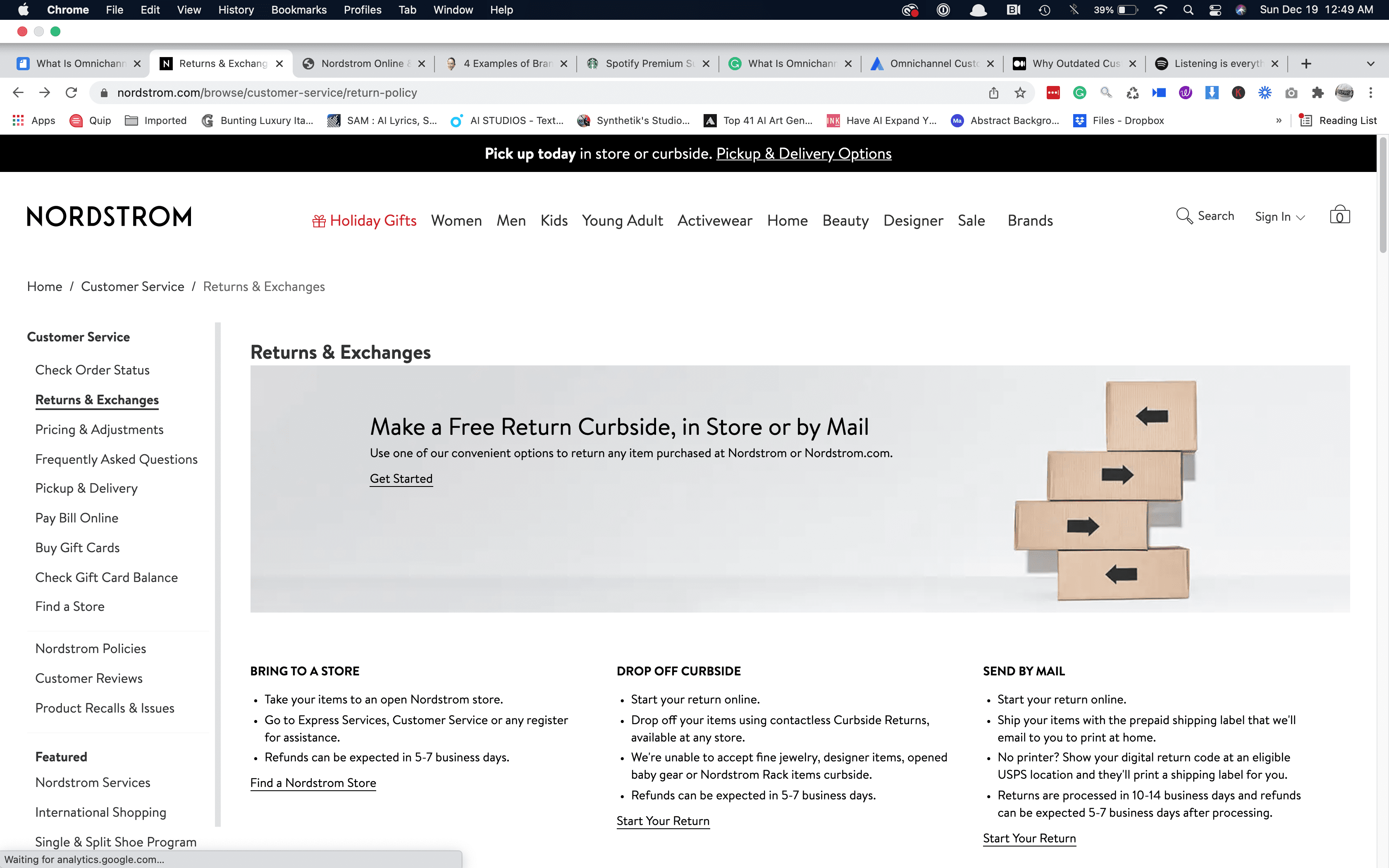
Nordstrom also understands the need to adjust strategies when trends change. For example, in response to the pandemic, they added a contactless curbside dropoff option, where customers can go to any store to return an item without directly interacting with an associate.

Your customers want to interact with your business at their convenience and on their own schedule. An often underused way to open up another channel is to embed support directly into your products.
Embedded self-service support like in-app tutorials provides users with another way to find solutions without contacting your customer support team. By embedding support inside your product, you enable users to seek help while using it, so they don’t have to disrupt their workflow
Whatfix makes it easy to embed in-app self-help support by curating the content in your knowledge base and FAQ documents and porting it inside your product to assist your users.

Embedding support is a great way to offer personalized help at the moment of need by giving your customers an easy way to find answers to their questions.
Discover how Whatfix’s for customer adoption can empower an omnichannel customer experience through in-app training, guided walkthroughs, and self-help knowledge bases.
Request a demo to see how Whatfix empowers organizations to improve end-user adoption and provide on-demand customer support
